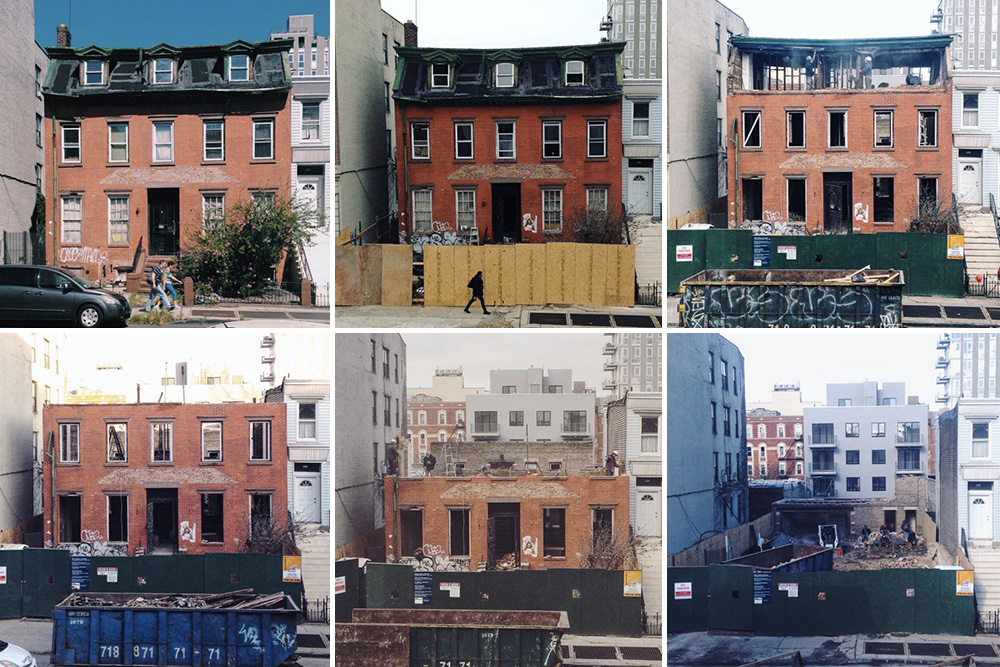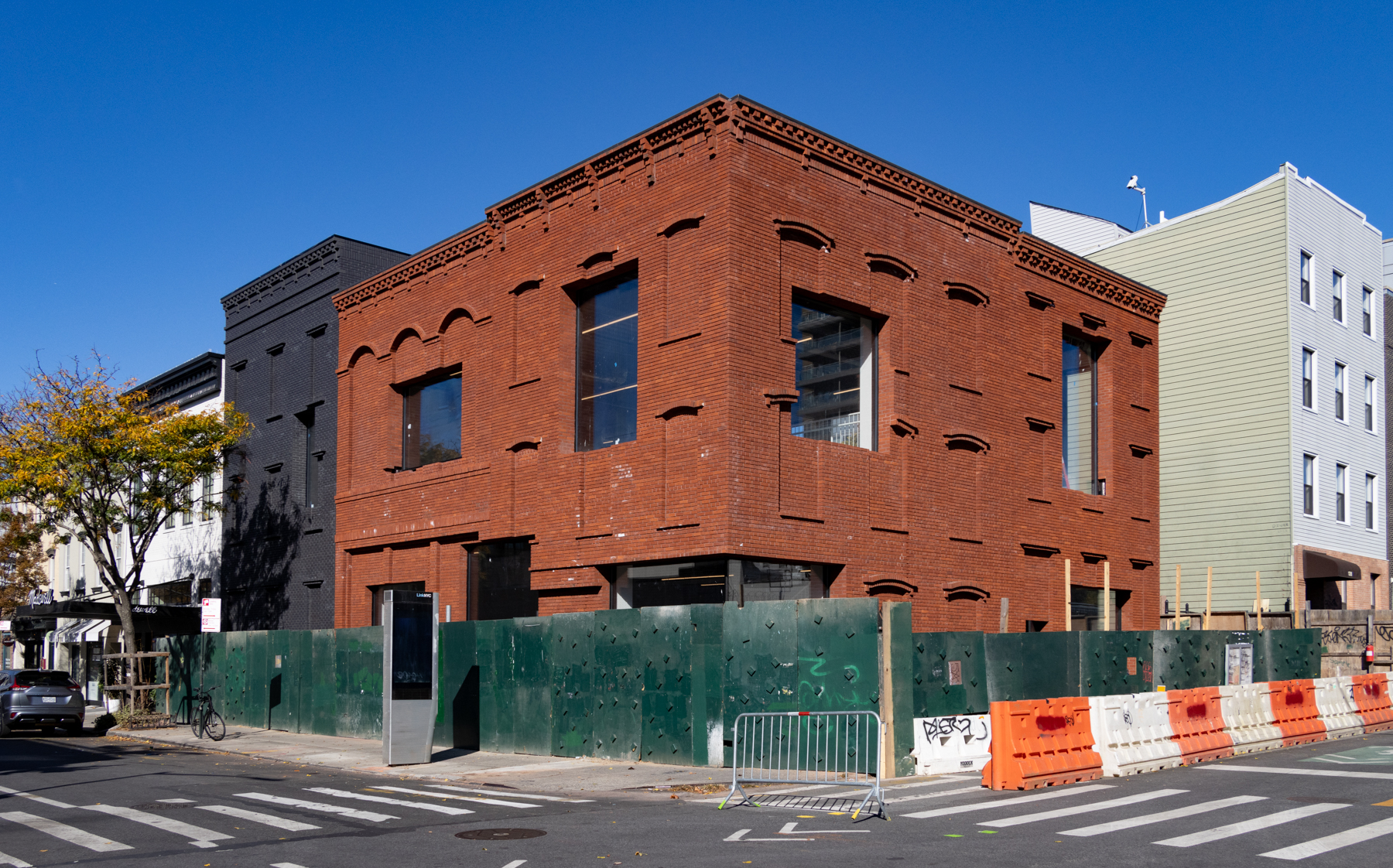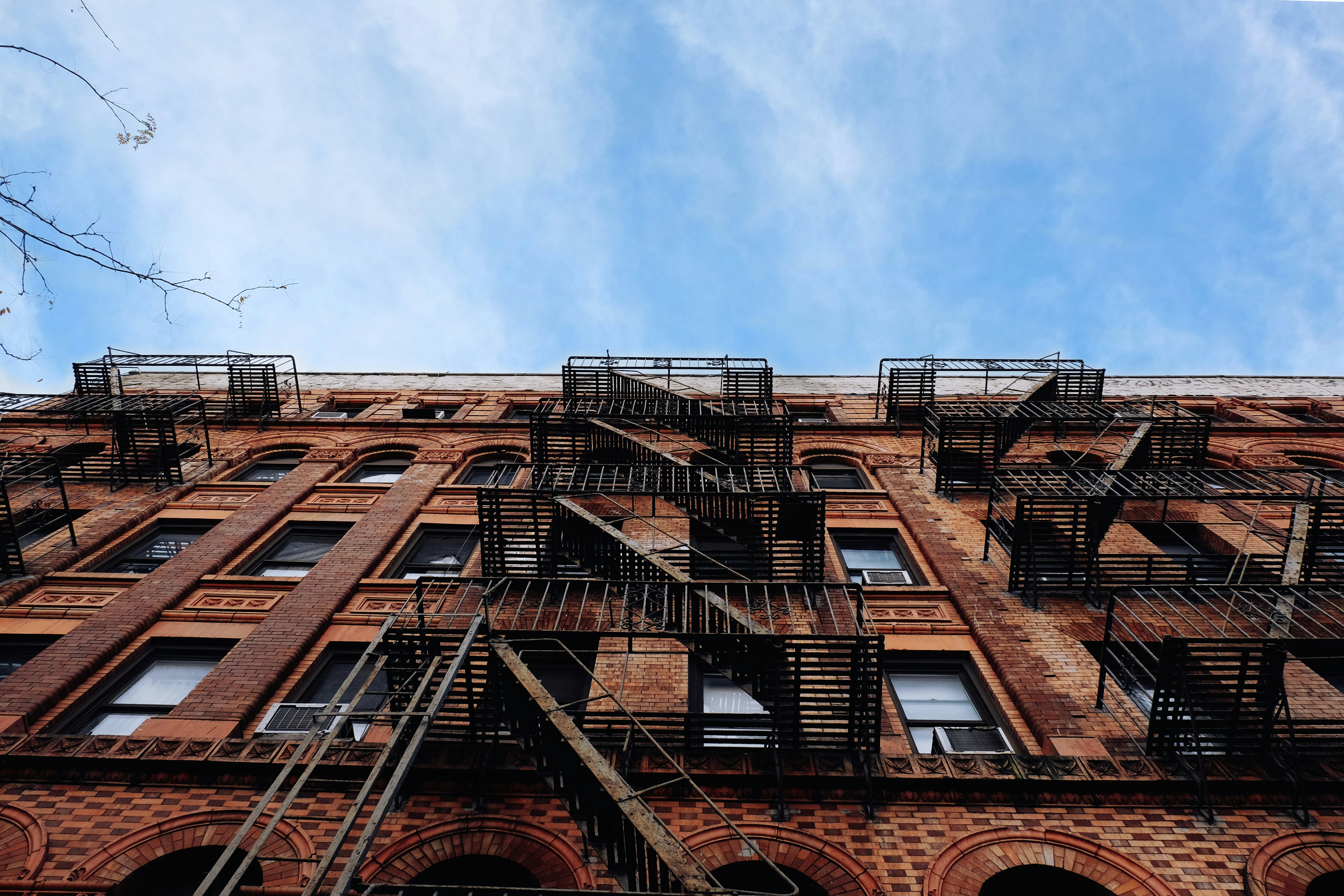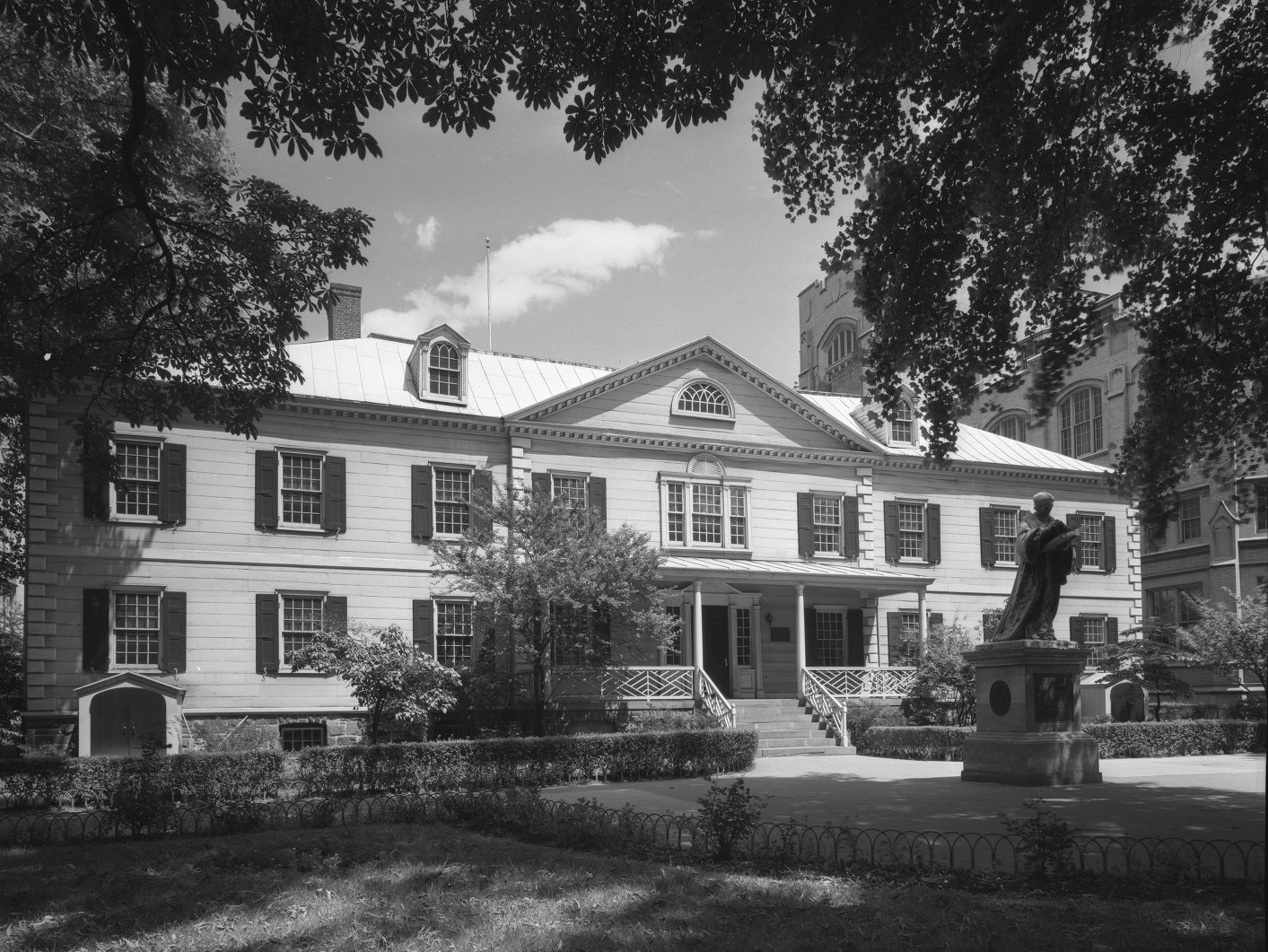Watch This 19th-Century Bed Stuy Mansion Get Demolished Day by Day
When Meredith Ries began photographing the crumbling building across the street, she meant it be a “super-slow time lapse” documenting the passage of season and change. But once demolition permits were filed for 511 Lafayette Avenue in mid-November, the breakneck pace of Brooklyn construction caught up with the disintegrating century-old structure. Brownstoner reached out to…

When Meredith Ries began photographing the crumbling building across the street, she meant it be a “super-slow time lapse” documenting the passage of season and change. But once demolition permits were filed for 511 Lafayette Avenue in mid-November, the breakneck pace of Brooklyn construction caught up with the disintegrating century-old structure.
Brownstoner reached out to Ries to learn more about the building’s dramatic history and her photo project’s future.
[sc:511-lafayette-9]
Brownstoner: Who are you and what do you do when you aren’t Instagramming this building?
Ries: I’m a freelance set designer. I work mostly in theater and some film. I moved to Brooklyn in 2008, and with a break for grad school, have been in Bed Stuy ever since.
What drew you to 511 Lafayette? Why did you start documenting it?
I moved into the building across the street in 2013, and 511 is (or was) such a big building that it dominated the view from the windows in our living room and kitchen. Also, architecturally, it felt really unusual for the neighborhood. Like a leftover from when this part of Brooklyn was a village.
It started one day when I noticed that a gutter had fallen down and I realized that I would never see the building with that gutter up again. So I began taking photos to keep track of what was changing. I got into the junk that accumulated on the stoop and how it would move around. I got excited when someone would mysteriously show up and cut down all the weeds. Kind of like the kid’s game “spot the change” where you try to see what’s different between two pictures.
[sc:511-lafayette-8]
What have you discovered about the building’s history?
It was a mansion, and goes back at least to the early 1880s, according to old maps and newspapers. The discolored brick over the front door is where a wood porch used to stand.
I’m still working on the early history, but city records online start in about 1964. The family that bought it in the ’60s lived there until 1985 (they paid off their mortgage in 1984).
In 1985 there was a triple murder there. The owner, one of her sons, and possibly the upstairs tenant were all shot and killed. After that the building went to the surviving son and a black activist named Kamau Kambon who had some kind of a relationship with the owner — they had an organization called the Institute for Life Synthesis.
Kambon decided to live off the grid in North Carolina, and in 1996 a small-time landlord bought it. They owned several rental properties in the neighborhood, but it’s clear that by the early 2000s they were in trouble and there are a lot of unpaid city code violations in the records until finally the home was completely abandoned in 2008. It was foreclosed on in 2014. A year later, the new owner took out a mortgage — presumably to develop it — for $2,200,000.
[sc:511-lafayette-7]
How did you feel when you realized 511 Lafayette was being torn down?
That was what made me decide to write about it. In the same way that when I first noticed things falling apart and wanted to document them as they were being lost, I wanted to write the story of the building before it disappeared. It was New Year’s Eve and I was feeling sentimental already and this thing that had been such a fixture in my life and my home was being taken away.
[sc:511-lafayette-6]
What’s the takeaway here? — A lesson about the city? About architecture? Photography? Impermanence? Why is this so fascinating?
I think it’s fascinating for all of those reasons.
The more I learn about the history of the building the more it feels like a microcosm of the narrative of the neighborhood as a whole. It makes real the abstractions about gentrification and the history of Brooklyn. Makes them personal. To me at least.
Taking the photos and getting so into it has also been a quintessentially New York experience. We have these impersonal interactions with our city — it can seem so big and impenetrable and then all of a sudden we realize that we have a deeply personal relationship with our deli, or the graffiti on our local subway stop or whatever it is. So when those things change we feel it deeply.
But for me, ultimately, it’s a personal art project. A journal. The photo is taken from my kitchen window while I make coffee every morning. I usually include the time I took the photo in the caption with the date and day of the week. I’m keeping track not only of it changing, but of my own patterns.
What’s next for you and for 511 Lafayette?
Well, I’m going to keep documenting it for as long as I live here. That’s for sure. And I’m still researching the history of it, so I should have more info soon, which is fun and exciting. Also, it’s going to make an amazing time-lapse video.
[sc:511-lafayette-5] [sc:511-lafayette-4] [sc:511-lafayette-3] [sc:511-lafayette-2] [sc:511-lafayette-1]Related Stories
From Do or Die to Do or Dine: How Bed Stuy Got Its Name
Black Pride, Kung Fu and Social Justice: The Life and Times of Bed Stuy’s Slave Theater
What Is Gentrification, Anyway?
Email tips@brownstoner.com with further comments, questions or tips. Follow Brownstoner on Twitter and Instagram, and like us on Facebook.
[sc:daily-email-signup ]








According to the city directory I see a Bernard Cosgrove living in this house in 1872. before that i have no records of this house. Bernard Cosgrove was a cooper. Back in those days this was part of the Eastern District or sometimes called East Brooklyn
Um, there is clearly a story here and it’s in this post!
“In 1985 there was a triple murder there. The owner, one of her sons, and possibly the upstairs tenant were all shot and killed. After that the building went to the surviving son and a black activist named Kamau Kambon who had some kind of a relationship with the owner — they had an organization called the Institute for Life Synthesis.”